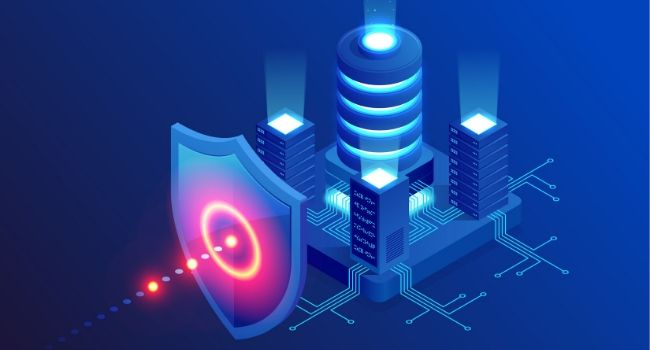
How to Prevent Cyber Attacks During the COVID-19 Pandemic
- By Babur Khan
- Aug 03, 2020
Unless you were on a long desert meditation trip like Jared Leto, it is impossible not to have heard about the Coronavirus or COVID-19 pandemic sweeping through the globe. At the time of writing this article, there have been over 16 million confirmed cases of COVID-19 in over 200 countries worldwide. At this point the pandemic is truly a global event of epic proportions, hopefully the last event of its kind we will see in our lifetimes.
We’ve all heard about the ways we can protect ourselves and our loved ones against this outbreak: wear a mask, wash your hands, don’t touch your face, practice social distancing, etc. The risks of this virus outbreak are real and all of us have to play a role in slowing, and eventually stopping, its propagation.
However, we also have to realize that, in the tech world – which by extension is the real world these days since everything and everyone is connected – you have to be as cautious as you have to be in real life.
What this means is that, since the start of the global outbreak, we have seen a spike in cyber attacks in this period of uncertainty and therefore we must be extra vigilant. At the same time, since almost everyone is working from home these days, the organizations they work for are facing new challenges as multiple new attack vectors are being introduced into their networks. Since the start of the pandemic in late 2019, we have seen different attacks, ranging from attackers targeting the World Health Organization (WHO) to steal information to mass phishing email and spam campaigns targeting remote workers. We have even seen cases where cybercriminals are launching websites with domain names related to Coronavirus and COVID-19, exploiting people’s curiosity or worry to eventually launch ransomware attacks.
When it comes to cyber security, just like public health, prevention can be better than the cure. We are providing you with some common guidelines and security best practices that, when followed, can give you a better chance of fighting the people who are trying to capitalize on the chaos of this pandemic.
Things You Should do to Protect Your Networks and Data from Cyber Attacks
Train your employees on security and work from home best practices and make sure they are aware of the risk they can inadvertently pose to the security of the organization.
If possible, then ensure that your employees are only using their corporate devices to access company data. Also make sure that the devices they use have the latest security patches installed and updates enabled.
Tweak your company’s email protection settings to ensure that no phishing or spam emails can make it through to your employees.
Train your employees in the art of spotting phishing emails and to not click on suspicious links and alert them to phishing emails that have made it through.
Make sure remote users access SaaS applications through the corporate network instead of accessing the applications directly via the internet from home. This would ensure that your security solutions like CASBs have visibility into all traffic accessing your services in the cloud.
Most SaaS providers facilitate such access to their services; however, you might have to enable a few settings to make it work.
Make sure you are keeping a close eye on all your network traffic, especially SaaS traffic. Data breaches are a real threat during this crisis, and you must ensure that no unauthorized data transfers take place in the guise of “normal remote work.”
Ensure tenant access control if possible, to avoid data breaches or illegitimate data access.
Purchase or enable DLP capabilities provided by your SaaS providers to ensure additional data protection.
Ensure that all your employees accessing your corporate network are using VPNs to do so.
If you already have a dedicated TLS/SSL inspection solution that you never got around to installing, now would be the right time to deploy it, so you don’t miss any encrypted attacks or data breaches. Remember, most of the internet traffic is encrypted and without proper decryption in place, you won’t be able to stop encrypted attacks.
If you don’t have a dedicated TLS/SSL inspection solution but have NGFWs that can decrypt TLS/SSL traffic, then enable the feature as a temporary fix while you evaluate your dedicated decryption strategy. It will probably slow your network down and create bottlenecks, but that would still be better than being subjected to encrypted attacks.
If you have a DDoS protection solution, monitor it closely and reevaluate your configurations and strategies.
If you have a centralized management and analytics solution, make sure you are monitoring it closely.
Make sure your analytics solutions can track shadow IT. If you followed the previous steps, then that should help facilitate the tracking of unauthorized application use.
Practice Zero Trust
Finally, as the Zero Trust model recommends, practice the principle of “trust nobody” and make sure that no user has access to data that they don’t depend on for their day-to-day functions. Restrict access as much as possible, ensure that you have visibility into all your users, traffic, data and workloads, and that you have uniform security policies applied across all locations to make sure no security loopholes exist.
Just like the simple task of wearing a mask can help protect yourself and others against the COVID-19, taking simple, common-sense security measures can help protect us all against the cyber criminals exploiting the chaos.